Drones in Modern Warfare.
Unmanned Aerial Vehicles (UAVs), also known as drones, have gained prominence in military affairs over the past 2 decades. According to…
Unmanned Aerial Vehicles (UAVs), also known as drones, have gained prominence in military affairs over the past 2 decades. According to Merriam-Webster, a drone is an uncrewed aircraft or vessel guided by remote control or onboard computers. With this definition, here is a history of drones. UAVs were first developed as target practice aircraft for the military during the Second World War. Modern UAVs are descended from these aircraft and were first developed in the early 1980s. Israel was the first to develop small drones and install a bunch of equipment that could allow them to be used for reconnaissance and later, bombing missions. These aircraft were very useful for surveillance and target identification. They were difficult to detect for enemy radars due to their size and relatively quiet engines.
The US Military then developed drones first for reconnaissance and then for bombing runs. American drones have seen combat in a lot of different wars and conflicts around the world, such as Bosnia and Herzegovina, The 1999 NATO Bombing of Yugoslavia, Pakistan, Afghanistan, Iraq, Libya, Yemen, Syria, and Somalia. The General Atomic Predator drones, for instance, started off as a reconnaissance drone intended at replacing manned Recon flights. It was then modified to be able to carry 2 AGM Hellfire missiles making the drone capable of offensive operations. The design was further iterated upon to create the MQ-9 Reaper drone, the first hunter-killer UAV designed for long-endurance, high-altitude surveillance. Even though these drones are remotely piloted, that is, they do need someone to pilot the aircraft, it reduces the risk associated with a combat zone. Drones are far more efficient and lightweight when compared to fighter aircraft as they do not need a life support system for a pilot.
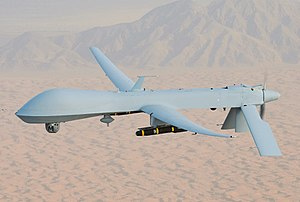
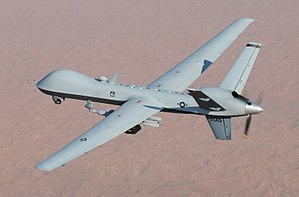
Types of drones in warfare:
Reconnaissance Drones: As the name suggests, these drones are primarily used for reconnaissance. This is what drones were first made for, and evolved with time. This also lines up with development of fighter aircraft in warfare. Starting off from recon, and then evolving into other categories.
FPV (First Person View) Drones: These drones stream a live view of their surroundings to their operators. These are usually meant to fly into enemy territory, lob munitions, missiles, and bombs onto moving targets, and return to base. Ex. TB-2 Bayraktar.
Loitering Munitions: These drones are meant to attack fixed/less mobile targets on the ground, like runways, buildings, Anti-Aircraft guns, towed howitzers, and parked aircraft. They are a lot like missiles, but can stay airborne for much longer.
This is, by no means, an exhaustive list. The evolution of drones in warfare has been remarkable over the past few years and their capabilities will keep evolving with time.
Drones came under the limelight largely during the Artsakh War of 2020, where Turkish-origin TB-2 Bayraktar drones, as well as the Israeli-produced loitering munitions, aka ‘kamikaze’ or ‘suicide’ drones, particularly the Harop, Orbiter, and SkyStriker UAVs, annihilated Armenian Tank Columns, Artillery, and Air Defense Systems. Turkiye had previously used the Bayraktars very effectively in Syria and Libya, and tactical knowledge was absorbed very well by the Azeri Military. The Intelligence, Surveillance, and Reconnaissance Capabilities that the drones provided Azerbaijan with were what led to a decisive Azeri victory over Artsakh. It is for this very reason that Armenia was later compelled to purchase anti-drone defense systems from India. These are also the same drones that were later used by Ukraine against Russian tanks during the opening phases of the Russian invasion of Ukraine. Ironically, by using the Bayraktars as a slow, compact, low-flying drone, drone operators across battlefields in Armenia and Ukraine were successful in destroying highly sophisticated multi-million dollar anti-air defense systems. Until the Russian military was able to develop countermeasures to the Bayraktars, they were extremely effective against its tank columns and surface-to-air Missile(SAM) systems.
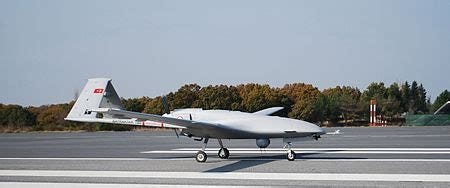
Shahed Drones
Shahed drones are a series of drones and loitering munitions manufactured by Shahed Industries Aviation of Iran. These drones have seen combat in many different scenarios. They have been used by Russia in the Ukraine war as well as in the Israel Hamas War. In particular, 3 drones are very important:Shahed 131, Shahed 136, and Shahed 238.
The Shahed 131 and 136 are loitering munitions, i.e. a kamikaze/suicide drone. As compared to the Bayraktars, they are much cheaper to manufacture and less complex. Russia has been using them to great effect in the War in Ukraine. The cost-benefit analysis of these drones is that the defense systems used against them by Ukraine are far more expensive and hence, if Russia simply plays the numbers game here, it is far more likely to outmatch the Ukrainian military.
The Shahed 238 drones are also loitering munitions, which were launched in the large-scale aerial attack on Israel by Iran in the April 2024 attack. It is a supposedly sophisticated drone that has GPS-based, infrared-based, and radar-based guidance systems and an operational top speed of 500 kilometers an hour. Since they were launched all the way from Iran to Israel, they also have a 1000 kilometer-plus range.
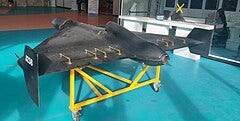
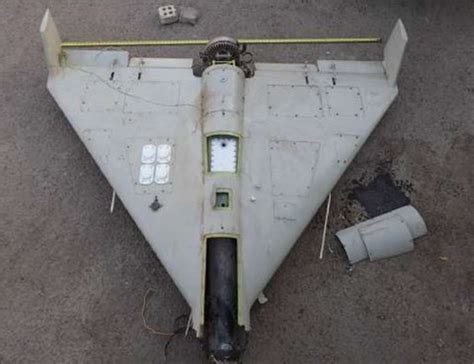
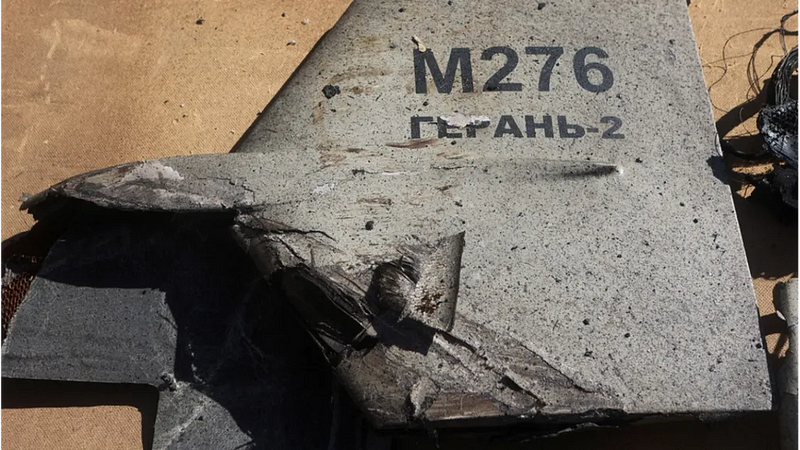
Commercial Drones in Warfare:
Drones were a major part of the Hamas attack in Southern Israel on the 7th of October 2023. Hamas was ingenious in its usage of small commercial drones. It used these drones to carry small payloads and drop them right over Israeli tanks. Usually, the tops of tanks are the least protected parts given that they are not directly exposed to ground based fire. The sides see the maximum amount of armor plating and the bottoms would have protection against landmines and remotely detonated bombs. These drones were also instrumental in knocking out Israeli communications towers and the 1 Billion USD Fence that the Israelis built along the Gaza border. This was tactical ingenuity on part of Hamas and allowed it to take Israel by surprise. It weaponized commercially available drones, like the ones pictured below
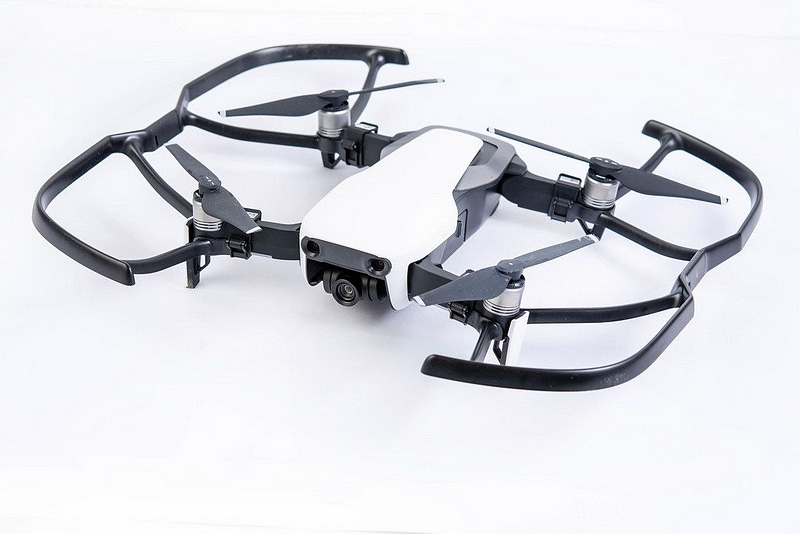
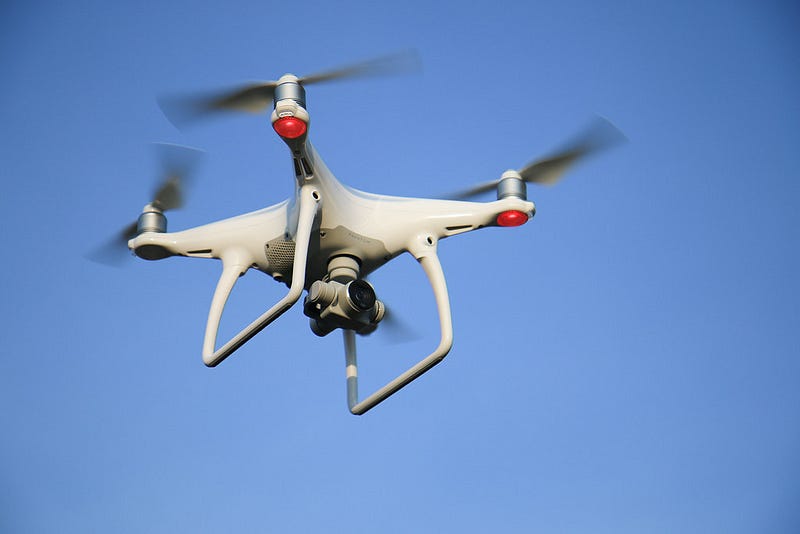
Hamas used low cost, affordable, commercially available, easy-to-manufacture, relatively lower on the technological ladder drones in a very smart manner to decimate high-tech Israeli defenses. It was a massive oversight on part of the Israeli military which they never expected. To be fair, such incidents happen regularly, where low level technology, coupled with the element of surprise can inflict massive damage on an enemy’s military installation. It happened with the Bayraktar drones decimating Russian tank columns in Ukraine. It is also how Turkish Leopard-2 Tanks were decimated by ISIS anti-tank missiles, IEDs, and mines at the battle of Al-Bab in Syria.
Defending against Weaponized drones:
The economics of weaponized drones are asymmetric, which means that the damage they cause is orders of magnitude higher than what these drones cost, as well as the existing weaponry that has been used to shoot them down. In some cases, it could be the sheer cost of defense against drones that might force a military to give up. For example, Ukraine initially shot down Russian drones using Western-supplied HIMARs systems. However, it cost Kyiv valuable firepower, prompting it to develop an Electronic Warfare System, known as the Pokrovka, which utilized radio and GPS communications to feed false information to the Shahed drones and lead them astray.
Conclusion:
The point of the article is to highlight the importance of drones. Drones have become ubiquitous in war. Weaponized drones are going to take over the modern battlefield and will completely revolutionize warfare. Any military that is worth its weight in salt will now look to invest heavily into both drones, as well as anti-drone defense systems, including Electronic Warfare (particularly jamming), radars, and low cost precision weapons for taking these drones down. Some states, like Turkiye, are taking unmanned vehicles so seriously that they have also developed and deployed their first naval unmanned system. These new autonomous vehicles will completely change the face of warfare. It depends on how these weapons are deployed and what the response is. Because, at the end of the day, the pen is not mightier than the sword, nor is the sword mightier than the pen. Mightier is the hand that knows which one to pick, given the situation at hand.



